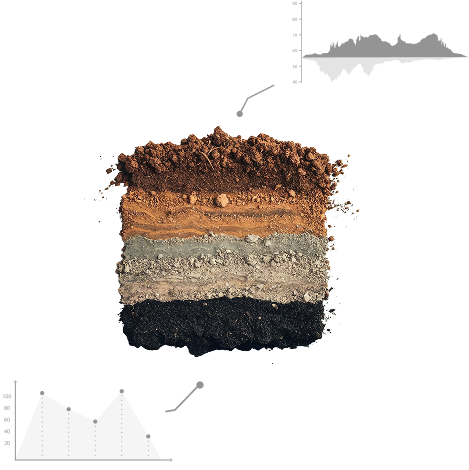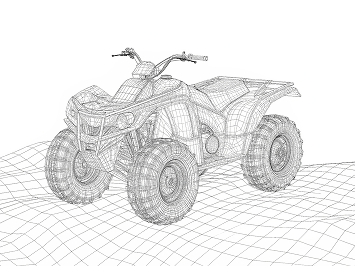
HOW IT WORKS
Terra Oracle AI streamlines soil analysis by combining advanced sensing, AI processing, and precision farming tools — turning raw data into actionable insights for improved efficiency and higher yields.

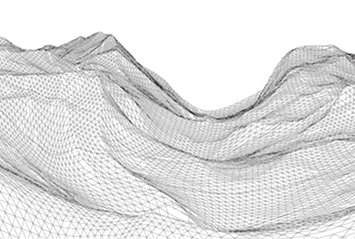
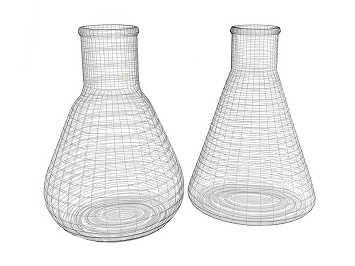
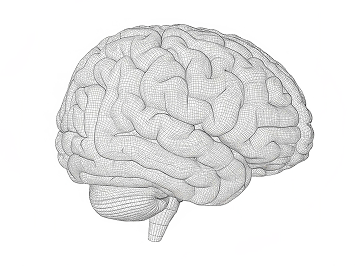
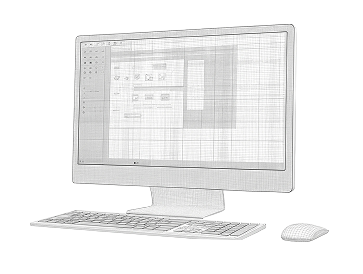
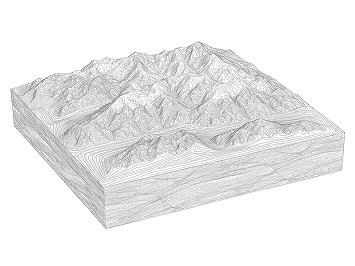


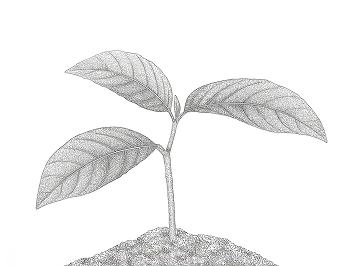
ATV Scanning

Our advanced ATV-mounted Scanner rapidly collects high-resolution soil data, enabling precise field mapping for precision agriculture. This patent-pending system integrates multiple sensors — including gamma radiation, optical, and environmental sensors — into a single unit.
Designed as a true plug-and-play solution, the Scanner can be effortlessly installed on any off-road vehicle, including tractors and ATVs, without the need for tools. Engineered to endure harsh field conditions, it features a rugged, IP67-rated waterproof and dust-resistant housing. A built-in work light ensures seamless operation even at night.
The Scanner connects wirelessly to any mobile device — tablet or smartphone — via Wi-Fi, with all critical components, including GPS, a barometer, and temperature sensors, fully integrated within the unit. The only external requirement is a simple power connection to the vehicle's battery, using the supplied cable.
Calibration Samples

Soil samples are collected and analyzed to calibrate the Scanner's radiation and optical measurements, ensuring maximum accuracy and consistency with local standards and measurement units. The sampling process is simple and flexible — it can be performed manually using a shovel, with a dedicated soil sampling probe, or with automated equipment such as Wintex or similar machines.
Unlike traditional soil sampling methods that require distributed sampling using a "stitching" pattern, our approach requires collecting the soil from a single precise point for each sample. This not only increases accuracy but also significantly speeds up the sampling process.
Lab Analysis

Comprehensive laboratory testing provides in-depth insights into soil composition, verifying critical parameters to support optimal field management strategies. By partnering with local laboratories, results are aligned with regional standards and measurement units — ensuring compatibility with market-specific fertilizer types and application scales.
Our analysis focuses on key nutrients, including pH, Phosphorus (P), Potassium (K), Nitrogen (N), Sulfur (S), Organic Matter (OM), Carbon (C), and Molybdenum (Mo), as well as a wide range of essential macro and micronutrients such as Calcium (Ca), Magnesium (Mg), Iron (Fe), Zinc (Zn), Copper (Cu), Manganese (Mn), Boron (B), and Chloride (Cl).
Measurements can be reported as total or plant-available forms, depending on your agronomic requirements. If you require specific elements not listed here, please contact us to confirm availability.
Lab results are easily uploaded via our web-based Client Portal and automatically processed through our advanced AI tools for seamless integration with your soil data.
AI Processing

Our AI-powered engine processes multi-layered soil data, detecting crucial patterns and generating actionable agronomic recommendations. Leveraging advanced artificial intelligence, we unlock the full potential of our integrated multi-sensor system.
By analyzing the complete gamma radiation spectrum alongside visible light, ultraviolet (UV), near-infrared (NIR), and environmental parameters such as temperature, humidity, and air pressure, our system performs an exponentially complex number of calculations — something only achievable through our robust, patent-pending AI engine.
This groundbreaking engine transforms massive data sets into meaningful, logical, and actionable insights with unmatched accuracy. All insights are automatically verified and processed by the system to ensure reliability.
We understand that field work cannot wait — therefore, all processing is performed in record time, enabling uninterrupted operations and immediate access to agronomic insights right when they are needed most.
View Results

Access detailed reports and interactive soil maps, empowering you with data-driven insights for smarter farming decisions. All results are presented through an intuitive, web-based Client Portal designed for ease of use and flexibility.
Our advanced map viewer enables users to explore individual data layers — including lab analysis results — in a fully interactive 3D environment. Customize your view by adjusting layer color schemes, opacity, and visible elements, and easily perform side-by-side comparisons to better understand spatial variability across your fields.
Additionally, users can analyze vegetation indices such as NDVI (currently under development) to further evaluate crop performance and soil-plant interactions.
To streamline your workflow, all results are automatically transferred to your John Deere Operations Center account and seamlessly integrated into the Field Analyzer tool — thanks to our API integration with John Deere.
Create VRA Maps

Easily generate Variable Rate Application (VRA) maps to optimize input distribution and enhance efficiency in crop management. Our powerful tools enable you to tailor VRA maps according to your specific fertilizer requirements, analyzing your entire farm as a unified system.
With ultra-high-resolution mapping — providing up to 8,000 data points per hectare — you receive detailed application guidance for every essential nutrient.
The system also supports advanced calculations for mixed fertilizers (e.g., NPK), using a smart ratio calculator that identifies the least available nutrient at each point to optimize application rates for maximum efficiency and crop performance.
All resulting VRA files are automatically integrated into the John Deere Operations Center, ensuring seamless, efficient execution in the field with no extra steps.
Transfer to Equipment

Seamlessly transfer precision prescriptions to your agricultural equipment, enabling automated and optimized field operations. VRA files are instantly sent to your in-cab display via the John Deere Operations Center API, ensuring effortless synchronization and execution.
If you are using other brands — no problem. Our VRA files are fully compatible with all standard agricultural equipment and can be used with major display systems including Raven, Trimble, Topcon, AG Leader, CNH (Case IH and New Holland), and more.
For users not connected to the John Deere Operations Center, VRA files are easily downloadable directly from the Terra Oracle AI Client Portal, ensuring full flexibility and accessibility across all platforms and equipment types.
Reduce Inputs & Waste

Minimize excess use of fertilizers, water, and agrochemicals through AI-driven precision application strategies. By leveraging detailed soil insights and high-resolution VRA maps, inputs are applied only where and in the exact quantity needed — reducing waste, cutting costs, and lowering environmental impact.
For example, in wheat production, over-application of nitrogen is a common issue that can lead to lodging and yield loss; our system ensures nitrogen is applied precisely based on real plant-available levels. In corn, where phosphorus uptake varies across soil zones, targeted application prevents both under- and over-fertilization.
Similarly, for sunflower and other grain crops, optimizing potassium and micronutrient distribution based on actual soil needs reduces unnecessary input use while preserving soil integrity and water resources.
This data-driven approach translates into smarter, more sustainable farming with immediate cost benefits.
Increase Yield

Leverage intelligent soil insights and precision farming techniques to maximize crop productivity and improve long-term soil health. With accurate data on nutrient availability, moisture retention, and environmental conditions, our system empowers farmers to make informed agronomic decisions that directly impact yield.
In wheat, balanced nitrogen and sulfur management improves protein content and grain fill. Corn benefits from zone-specific fertilization strategies that align with the crop's high nutrient demand, especially during rapid growth stages. For sunflower, precise micronutrient application — such as boron and zinc — can significantly enhance flowering and seed development.
With up to 8,000 soil data points per hectare, each crop receives exactly what it needs at every growth stage, resulting in healthier plants, improved stress resilience, and consistently higher yields across the entire field.
We are shaping agriculture's future with AI technology.
Terra Oracle AI
